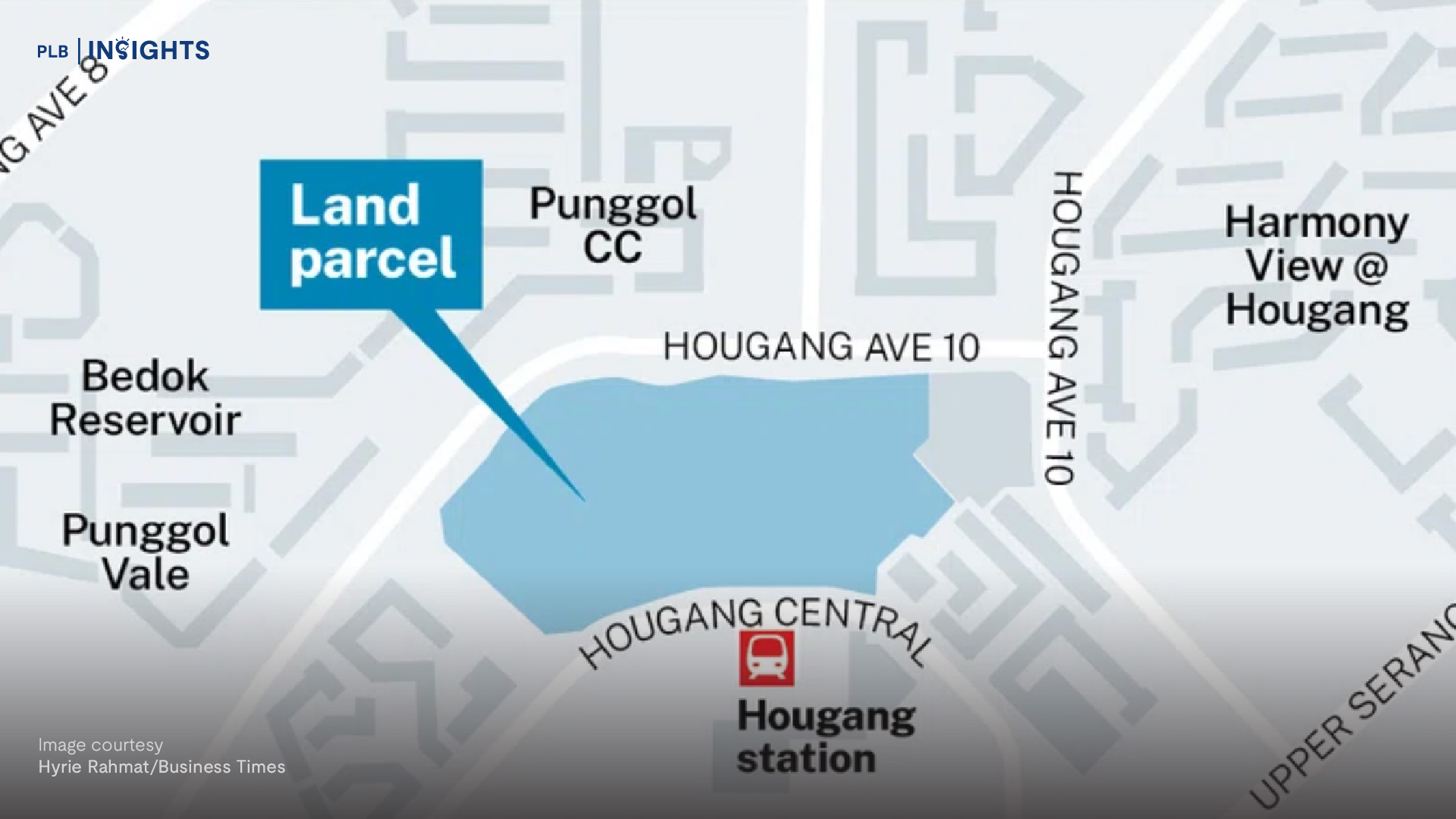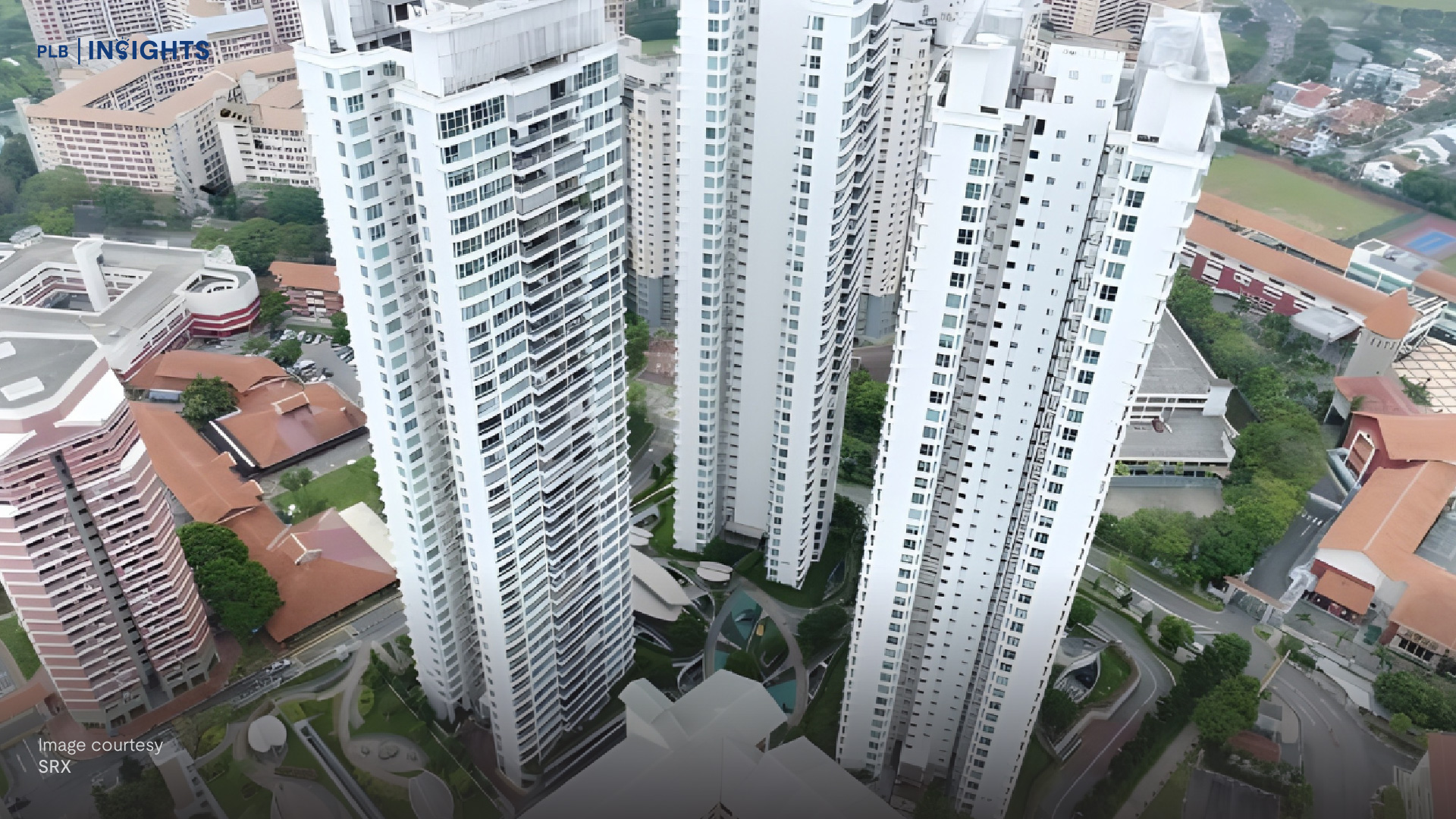
As we approach 2023, Singapore’s real estate market is at a crossroads. On one hand, the market has faced a number of challenges in recent years, including rising interest rates, new cooling measures, and a shrinking volume of transactions. These factors have led to a slowdown in the market, making it more difficult for buyers to enter and for existing homeowners to refinance their mortgages. But on the other hand, there are also opportunities for those who are well-informed and strategic.
In this article, we will take a closer look at the opportunities and challenges that Singapore’s real estate market is likely to face in 2023. We will explore the impact of rising interest rates and new cooling measures on the market, and examine how some opportunities might emerge. We will also provide insights and strategies for investors who are looking to capitalise on opportunities in the market.
Whether you’re a first-time buyer, a seasoned investor, or a landlord, this article will help you understand the current state of Singapore’s real estate market and prepare for the year ahead. So, join us as we take a deep dive into Singapore’s real estate market in 2023, and explore the opportunities that lie ahead.
What Opportunities can High Interest Rates Bring?
One major concern market participants have going into 2023 are interest rates, which have been creeping towards unsustainably high levels. The Singapore Overnight Interest Rate (SORA) has been climbing in response to the US Federal Reserve’s monetary policy tightening, which makes it more expensive for buyers to secure financing for their purchases. This can have a significant impact on the number of transactions, as buyers may be discouraged from entering the market if they cannot secure financing. Furthermore, the high-interest rates can also make it difficult for existing homeowners to refinance their mortgages, which can lead to defaults and foreclosures. This will also translate into more expensive monthly payments as the interest payment rises.
While high interest rates can present challenges for buyers and existing homeowners, they can also bring opportunities for investors, specifically landlords. Many have blamed the high rental prices on the pandemic slowing down the construction and delivery of new housing to the market. And also on the general shortage of housing alternatives in the market. But few have considered how high interest rates can bring the rental prices up. As interest rates rise, more people may be looking to rent rather than buy, which can lead to an increase in demand for rental properties. This can drive up rental prices, providing higher returns for landlords and property managers. Additionally, this trend can lead to an increase in the number of co-living spaces and serviced apartments, which can provide more options for renters.
High interest rates can also lead to a decrease or stabilisation in property prices, which can provide opportunities for buyers. As the cost of borrowing increases, buyers may be less willing to pay high prices for properties. This can lead to a decrease in property prices, making it more affordable for buyers to enter the market. Furthermore, high interest rates can also lead to an increase in the number of distressed properties on the market, such as foreclosures (more commonly known as bank sales). These properties can be purchased at a discount, providing opportunities for investors who are willing to take on a bit of risk.
Higher rental prices and lower property prices, however, are just speculations put forward with economic-logic. Whether property prices will actually manifest lower prices will rely on a greater set of factors which we will cover later. The last opportunity we wanted to cover with the high interest rate environment is not really the fact that it’s sky high but rather the chances of a Fed pivot into lowering interest rates is getting higher with each passing month of high interest rates.
Improved prospects of an interest rate cut will move the property markets, potentially signalling the early start of a new bull market for the real estate industry. With lower interest rates stimulating demand once more, the real estate market will start to move up in terms of both price and volume. This might be potentially one of the areas that catch investors off guard.
Can Shrinking Volume of Transactions Present Opportunities?
Another key issue facing the market is the shrinking volume of transactions, which is an indicator of a slowdown. This is likely due to a combination of factors, including the high-interest rates and new cooling measures that have been implemented to help curb price growth. The government has been taking steps to cool the market in order to prevent a housing bubble, which has led to a reduction in the number of transactions. This can have a negative impact on the property market, as fewer transactions can lead to a decrease in property prices.
While a shrinking volume of transactions in the property market may seem like a negative trend, it can also bring unexpected benefits. One benefit is that a decrease in the number of transactions can lead to a stabilisation of property prices. When the market is overheated and there are more buyers than properties, prices can rise quickly and unsustainably. A reduction in the number of transactions can help to cool the market and prevent a housing bubble. This can be beneficial for the long-term stability of the market.
Another benefit of a shrinking volume of transactions is that it can lead to an increase in the quality of properties on the market. When there are fewer transactions, sellers may be more willing to hold out for a higher price or for a buyer who is willing to pay full price. This can lead to an increase in the number of properties that are priced at fair market value, rather than properties that are overpriced.
A shrinking volume of transactions can also benefit buyers, as it can lead to more negotiation power. With fewer buyers in the market, sellers may be more willing to negotiate on price and terms. This can make it easier for buyers to find a property that meets their needs and budget. Additionally, when the volume of transactions is shrinking, the market tends to be less speculative, and the transactions are mostly performed by genuine buyers, which is beneficial for the market’s long-term stability.
While a shrinking volume of transactions in the property market may seem like a negative trend, it can also bring unexpected benefits such as stabilisation of property prices, increase in the quality of properties on the market, more negotiation power for buyers and less speculation in the market. 2023 might see the market transition from a Seller’s Market in the past few years into a Buyer’s Market.
New Cooling Measures Tapers Price Growth but Improves Affordability for Some
The new cooling measures, which include higher medium-term interest rate floors in the TDSR and MSR calculations, lower Loan-to-Value (LTV) limits and a new wait out period for private property owners (PPOs) buying resale HDBs, are designed to help keep property prices from rising too quickly. These measures make it more difficult for buyers to enter the market, as they need to put down a larger down payment, pay higher mortgages, or are simply excluded from the market. This can lead to a reduction in the number of transactions and a slowdown in price growth. However, these cooling measures also help to prevent a housing bubble, which can be beneficial for the long-term stability of the market.
The new cooling measures implemented in Singapore’s real estate market, such as tighter loan-to-value ratios and higher interest rate floors, are designed to help keep property prices from rising too quickly. These measures aim to curb speculation and prevent a housing bubble from forming, which can protect both buyers and investors from the negative consequences of an overheated market. So in short, this is to prevent a 2008 housing bubble catastrophe from reoccurring, which in the grand scheme of things, are for the benefit of Singaporeans.
One of the key benefits of the new cooling measures is that they can help to stabilise the market. By implementing stricter loan-to-value ratios, buyers are required to put down a larger down payment, which can help to reduce their overall debt burden. This can help to prevent buyers from becoming over-leveraged, and can encourage more responsible borrowing decisions. By keeping stronger hands in the market who are able to hold onto their properties and service their loans despite tough financial times (which may include unemployment), this reduces the volatility of home prices as homeowners are not in such a bad position that they have to sell their homes in an emergency.
Another benefit of the new cooling measures is that they can help to promote affordability in the market. By making it more difficult for buyers to enter the market, these measures can help to keep property prices from rising too quickly. This can make it more affordable for a more limited group of buyers to enter the market, which can help to promote accessibility and inclusiveness. This can be especially beneficial for those who were previously priced out of the market, such as first-time buyers and low-income families (in the case of Resale HDBs).
It is important to note that the cooling measures are not permanent and are subject to change depending on the market conditions, thus, buyers and investors should stay informed about the latest policies and regulations. In very tough economic situations where property prices are at risk of freefall, market participants should watch closely at how the government pivots its cooling measures to prop up property prices. As real estate is one of the largest components of family wealth for most Singaporeans, it is fair to assume some form of intervention to protect the interests of Singaporeans in the event of a financial crisis of that scale.
The new cooling measures implemented in Singapore’s real estate market are designed to help keep property prices from rising too quickly, and to prevent a housing bubble from forming. These measures can help to stabilise the market and promote affordability. While they may present challenges for buyers and investors, they can also bring a number of benefits in the long-term. It is important for buyers and investors to stay informed about the latest policies and regulations, and to work with a reputable and experienced real estate agent to navigate the market.
Closing Thoughts
Despite these challenges, the property market in Singapore is cautiously optimistic. While there are certainly concerns to be aware of, there are also opportunities for investors who are willing to take on a bit of risk.
Overall, the Singapore real estate market in 2023 will be complex and challenging, but with a good understanding of the market dynamics and a well-considered strategy, it is possible to capitalise on opportunities and achieve success.
It is important for investors to stay informed about the latest market trends and government policies, and to work with a reputable and experienced real estate agent to navigate the market. You can contact us here to guide you through the uncertainty of 2023. With the right approach, it is possible to find great opportunities in Singapore’s real estate market in 2023.
Follow our Editorial publications here to stay up to date to the latest news in Singapore’s real estate industry. You can also check out our Instagram (@insights_plb) and YouTube Channel for more engaging content!











